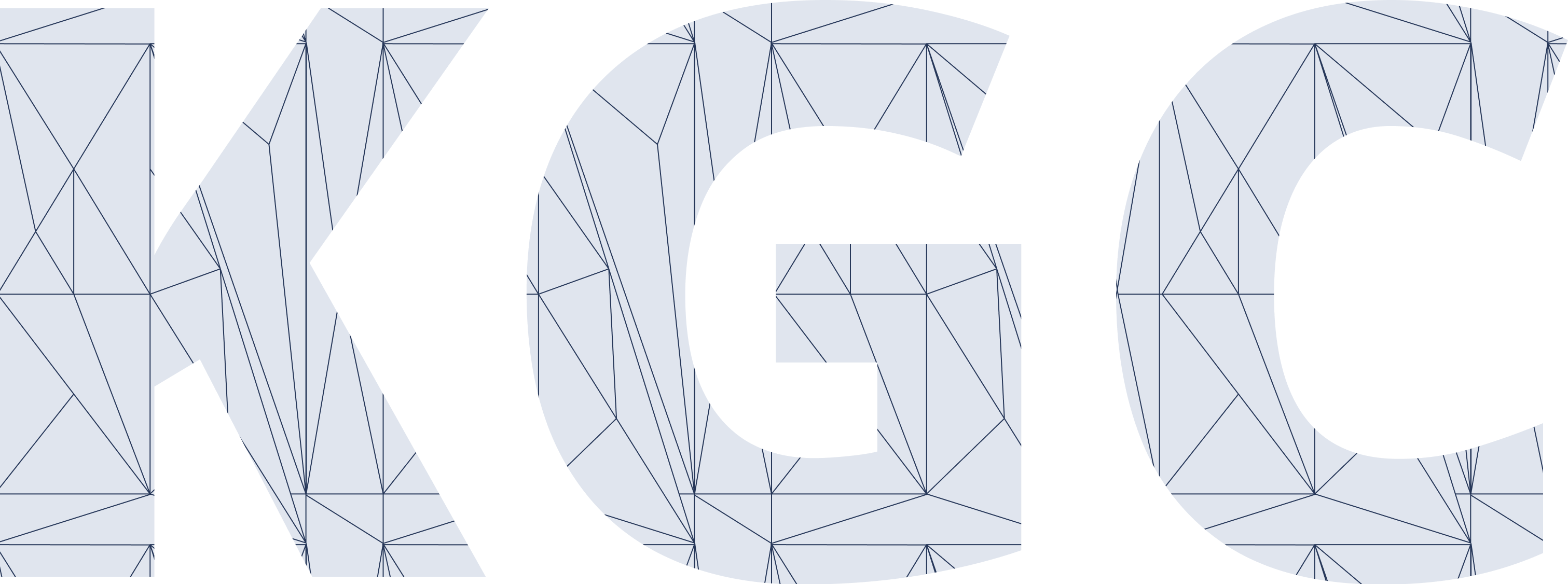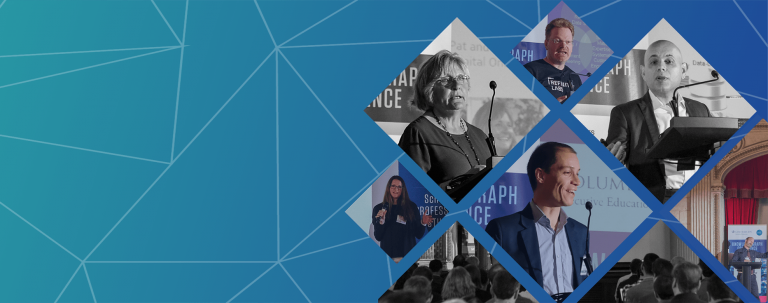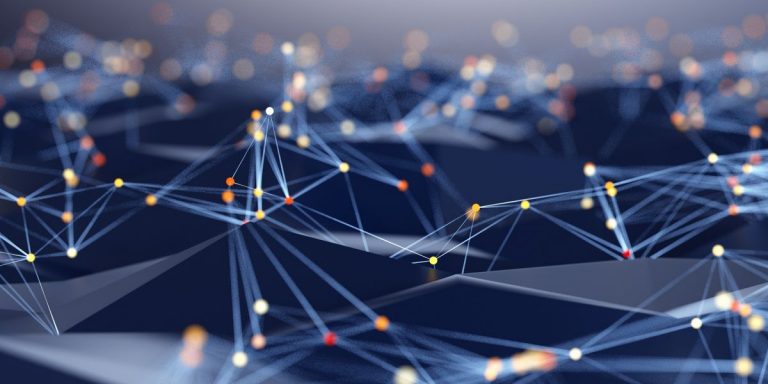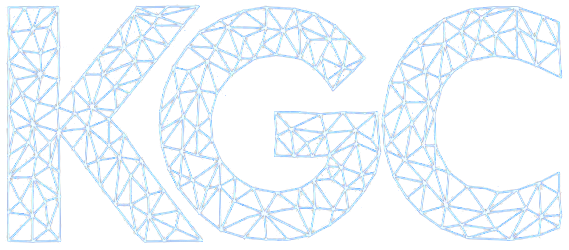Geo Graphs in Gov
When it comes to early-adopters for AI technology, US federal government agencies may not be the first examples that come to mind. My perspective is skewed since my first full-time jobs using email, internetworking, data visualization, inference, etc., were in the US Army and NASA in the 1980s. Since then I’ve had other roles in support of federal agencies, mostly focused on machine learning. Nonetheless, during 2020 I’ve been surprised by the range of federal projects surfacing that involve knowledge graphs.
Certainly in terms of graph databases, there’s been much graph-related work in defense, intelligence, and security for a long while. Denise Gosnell, Chief Data Officer at DataStax, has a really interesting podcast interview discussing how graph databases get used for checking the passports of travelers entering the US. (Denise and Matthias Broecheler are co-authors of The Practitioner’s Guide to Graph Data which was published in May.)
In January, I got to participate in the annual ESIP Winter Meeting and learn about several KG efforts there – see the conference slides on Figshare. ESIP is funded by NASA, USGS, and NOAA – the three agencies collaborating on Earth observations. ESIP also has more than 100 partner organizations.
A workshop titled “Semantic Technologies Across Earth Sciences” at the 2020 ESIP Winter Meeting was led by Chris Lynnes from NASA (EOSDIS), along with Lewis McGibbney from NASA (JPL / CalTech), Dalia Varanka from USGS (National Hydrography Dataset), and Doug Newman from Raytheon. Each speaker presented about KG use cases related to geoscience datasets, explaining issues related to leveraging graphs and ontology to improve use of their data.
That collective Earth data is impressive: NOAA alone manages nearly 100,000 datasets, and some of their collections about fisheries, climate, and coastal depths date back more than 150 years, most all of which are public. Of course satellite datasets from NASA can grow quite large, and some are not open to the public. People who need to use these datasets cannot simply load a dataframe in R or Python and begin visualizing—some downloads might take days to complete and access may require legal agreements first. So the agencies have sophisticated practices for metadata management and exchange. That’s where knowledge graphs come into the picture: through use of KGs, people can understand how they might make use of particular datasets before they spend days downloading. What metadata is available? What are the time ranges and geographic regions included? Can your format X be converted readily into our format Y?
Perhaps one of the more comprehensive examples is the Global Change Information System. That was established by the US Global Change Research Program (initial motivation for ESIP), which is used in the National Climate Assessment reports. That graph connects global change resources: thousands of datasets, articles, reports, organizations, and people. The GCIS publishes both a relational model and a semantic model which uses their controlled vocabulary based on OWL. They also have an OpenAPI interface for API access.
ESIP hosts several collaboration areas, some of which involve KG themes such as usage-based discovery, ontology, semantic harmonization, and so on. In particular, for a good example see the Earth Science Knowledge Graph cluster. For graduate students and tech start-ups, also check the small grant program in ESIP Labs. That’s a technology incubator focused on Earth science data and software solutions such as knowledge graphs, deep learning, and so on. In related news, if you catch this in time: DARPA will be hosting a “Proposer’s Day” on September 25, 2020 for their upcoming Young Faculty Award 2021. (For more details see https://events.sa-meetings.com/ehome/index.php?eventid=569230.)
While the notes above focus on US Gov and earth observations, there are plenty of other KG examples in government across the world. For example in the UK, Felisia Loukou and Matthew Gregory reported last month about their work on govGraph, a knowledge graph project for GOV.UK, similarly intended to help connect resources: people, projects, datasets, usage metrics, and so on. Another UK project leveraging KGs, Ditchley Foundation, includes a mission similar to the US Global Change Research Program above, albeit with more emphasis on understanding who the most relevant people and relationships are for particularly expedient areas of domain expertise.
-Paco Nathan



